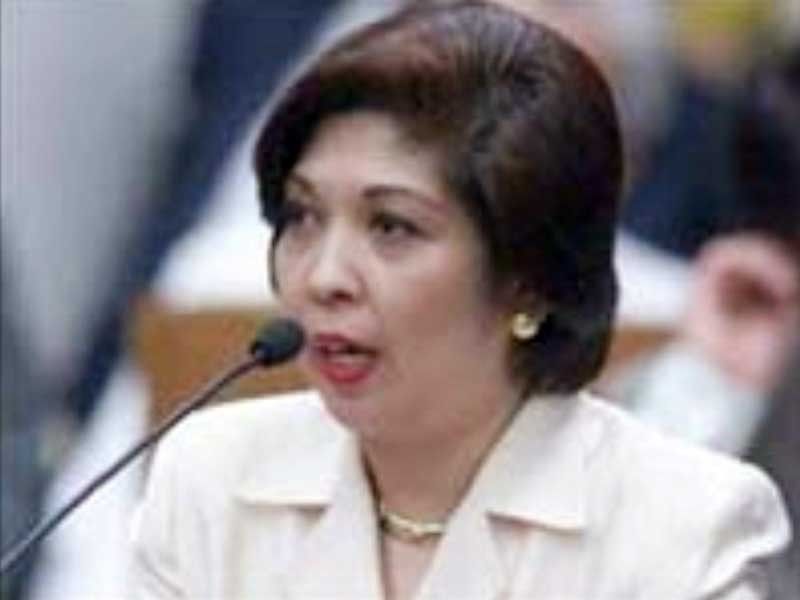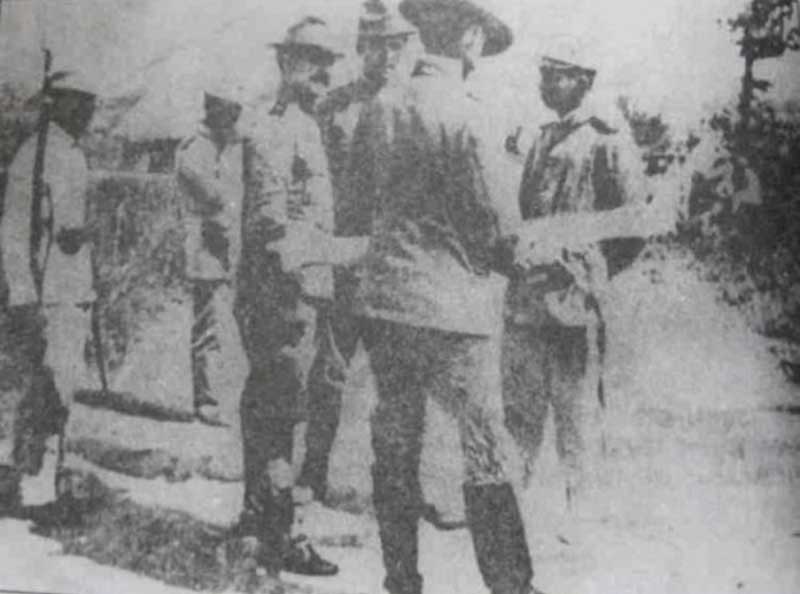Gray Matters


There’s a bit of a kerfuffle about Catriona being surnamed with what some people think is the un-Filipino moniker “Gray.”
The fact of the matter is that “Grey” — while not precisely the same as Miss Universe’s surname — has meandered through our history for more than a century, bearing witness to remarkable events, crossing paths with presidents, and yes, changing the course of our nation’s fate.
On Feb. 4, 1899, Captain Fernando Grey was chief of the “Third Zone” of the Filipino forces around Manila. He was the man on the scene when shots were first fired in the Philippine-American War. That was the beginning of the very same conflict that would result in the blood-soaked mess in Balangiga two years later that resulted in the pillaging of the town’s church bells as war trophies.
Grey sent a telegram (yes, that infernal device again!) to HQ in Malolos to report the incident.
The entire high command was off on vaycay, including Heneral Luna and his famously ferocious counterpart, General Ricarte aka Viper as well as his second, the even more fearsome Colonel Luciano San Miguel. Apparently, Captain Grey was thought capable enough to hold the line in everyone else’s absence. In the telegram, he said that he would not take any further action despite the provocation and awaited further orders. President Aguinaldo did that most Filipino of things: he called for “an investigation.” Not so for the American commandant, General Elwell Otis, who pressed his advantage, began the fighting in earnest up and down the Pasig River, and took control of the city.

Just days before the outbreak of the Philippine-American War, in San Juan, Col. Luciano San Miguel (rightmost) confers with Col. John Stotsenberg, Grayson’s commanding officer for the Nebraska Volunteers. Captain Fernando Grey reported to Col. San Miguel who was in Malolos with Gen. Ricarte and President Aguinaldo on Feb. 4, 1899. (Photo courtesy of Arnaldo Dumindin, Philippine-American War.)
One can also point out that there was yet another “Gray” at this extraordinary moment in time: the Yankee who started all the shooting was a fellow surnamed Grayson. (In Anglo-Saxon etymology, Grayson is the shortcut for “son of Gray.”) Willie W. Grayson was, like Catriona, descended from an English family that had relocated elsewhere — in his case, Nebraska instead of Cairns, Australia. Captain Grey himself was a product of exactly the same thing and traced his roots to a member of the British Royal Navy that had attempted to take the Philippines in 1762 and had, for one reason or another, stayed behind in these islands.
My mother, Carmen Guerrero Nakpil, would every so often refer to a tiny alley in her hometown of Ermita called “Calle Grey,” inhabited by what she considered to be the more colorful elements of the mestizeria.
One wonders now if it was named after that revolutionary officer whose hands were tied at that excruciating point. Calle Grey ironically runs right beside a street once called Calle Nebraska, from a time when Malate’s roads were named after the American regiments who came to fight in the Philippine-American War. Willie Grayson fought for the Nebraska volunteers and while the street’s name was eventually changed to honor Jorge Bocobo, Grey Street’s name has remained steadfastly the same.
What’s chillingly interesting — and of the stuff that makes astrologers breathless — is that exactly 101 years later to the day, a certain Clarissa Grey Ocampo was summoned to Malacañang Palace to certify to the opening of a bank account in the name of a certain Jose Velarde. It was Feb. 4, 2000 and on account of what one supposes was her beauty-queen pretty smile and long legs, a powerful man would become careless and make the ill-advised move of inviting her into his office.
Thus, once again, a nation was set on fire and a second Grey would, this time, not only mark a change in our political destinies but also be the cause of it.















